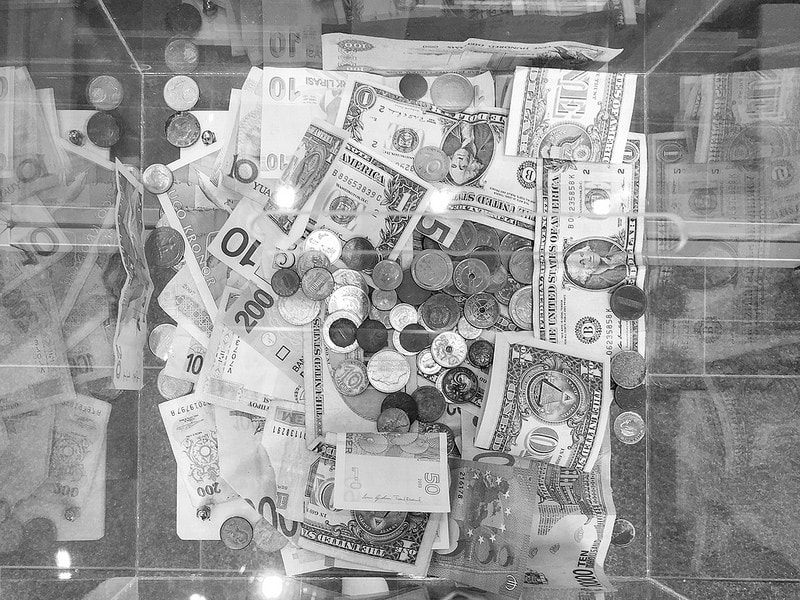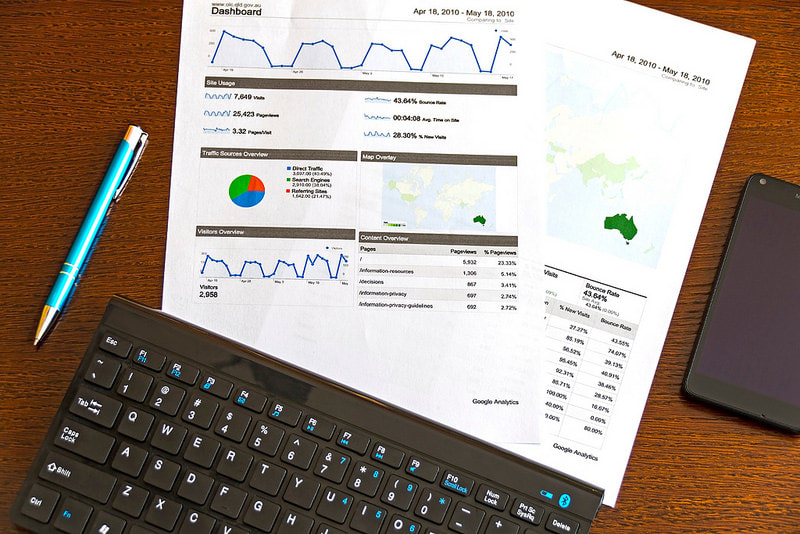|
Reconciliation Discrepancy is a transaction that has been deleted or altered after the account for the month, quarter, or year has been reconcile (closed). Usually the discrepancy occurs when the withdraws and deposits in the accounting system match the bank account withdraws and deposits and the balance of difference is still off. This should be an indication that there is a discrepancy in the account. If your accounting system is able to generate a reconciliation discrepancy report it will be easy to find the exact amount off for the transaction. If your accounting system doesn’t have the option to generate a reconciliation discrepancy report. You will have to manually look at each transaction in the general ledger to find the discrepancy that is missing from the bank statement. Once you find the discrepancy you will have to undo the reconciliation from the previous period and redo the reconciliation process to able to move forward and close the month, quarter, or year in the future. Having no reconciliation discrepancy will make it easier to track on transaction, so that reports are accurate, easier to reconcile during the period you are closing, and have no duplicate transactions.
0 Comments
Bad Debt Expense is a decision made by the owner that decided that a customer is not going to pay for their services or products.
Usually when a sale occurs. Customer have an agreement with the owner to pay for the services or product by certain amount of time. Some payment can be due on the same day, while, other can be paid in 15, 30, or 60 days as an example. When services or product have been completed by the business owner. The owner records the sale on the profit and loss statement and records money owed on account receivable on the balance sheet. Once attempts have been made to collect and issue arises with the customer on payment. The accounts receivable is deducted and increase to allowance for doubtful account on the balance sheet to show that there is a risk that money might not be collected, but still have a possibility that it might be paid. Once you realized that the customer is not going to pay for services or product. You would deduct the allowance for doubtful account from the balance and increase bad debt expense on the profit and lost statement to show a loss in operation for work no paid. Intangible Assets are intellectual property that is not physical in nature, but have value that a company owns for business operation.
Item that are consider Intangible Assets are:
Intangible Assets are not physical assets like machines or buildings. They can be creative ideas that company use to differentiate themselves from competitors in Marketing and Products. Customers lists and relationship that is build to keep revenue streams flowing into the company. Contracts they have with partners and employees. Retained earnings are the profits that a company has earned to date, less any dividends or other distributions paid to investors. a company cumulative earnings since the corporation was formed. In most cases, companies retain earnings to invest them into areas where the company can create growth opportunities, such as buying new machinery or spending the money on more research and development.
Formula for retain earning: Beginning retained earnings + Profits/losses - Dividends = Ending retained earnings Benefits have of having retained earnings is companies to have financial resources to reinvest in their operations, creating growth. Retained earnings fund several projects such as research and development and facility construction, renovation and expansion. Companies also use retained earnings to purchase equipment and other assets as well as pay off company debts and liabilities. |
Blog Info:Blogs are about learning basic accounting, accounting formula, tips and advice, and investment concepts and terms. Categories
All
Archives
September 2021
|





 RSS Feed
RSS Feed